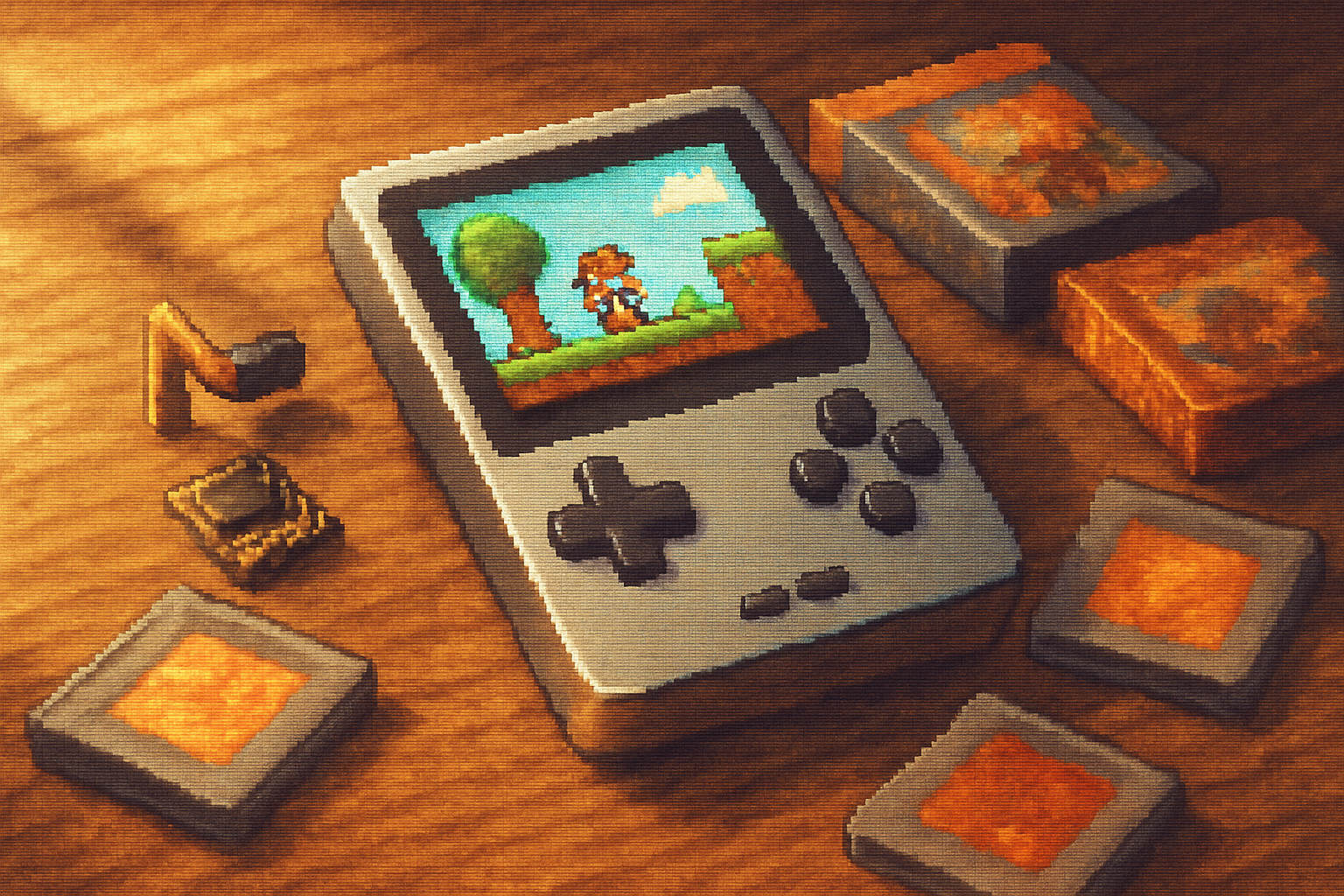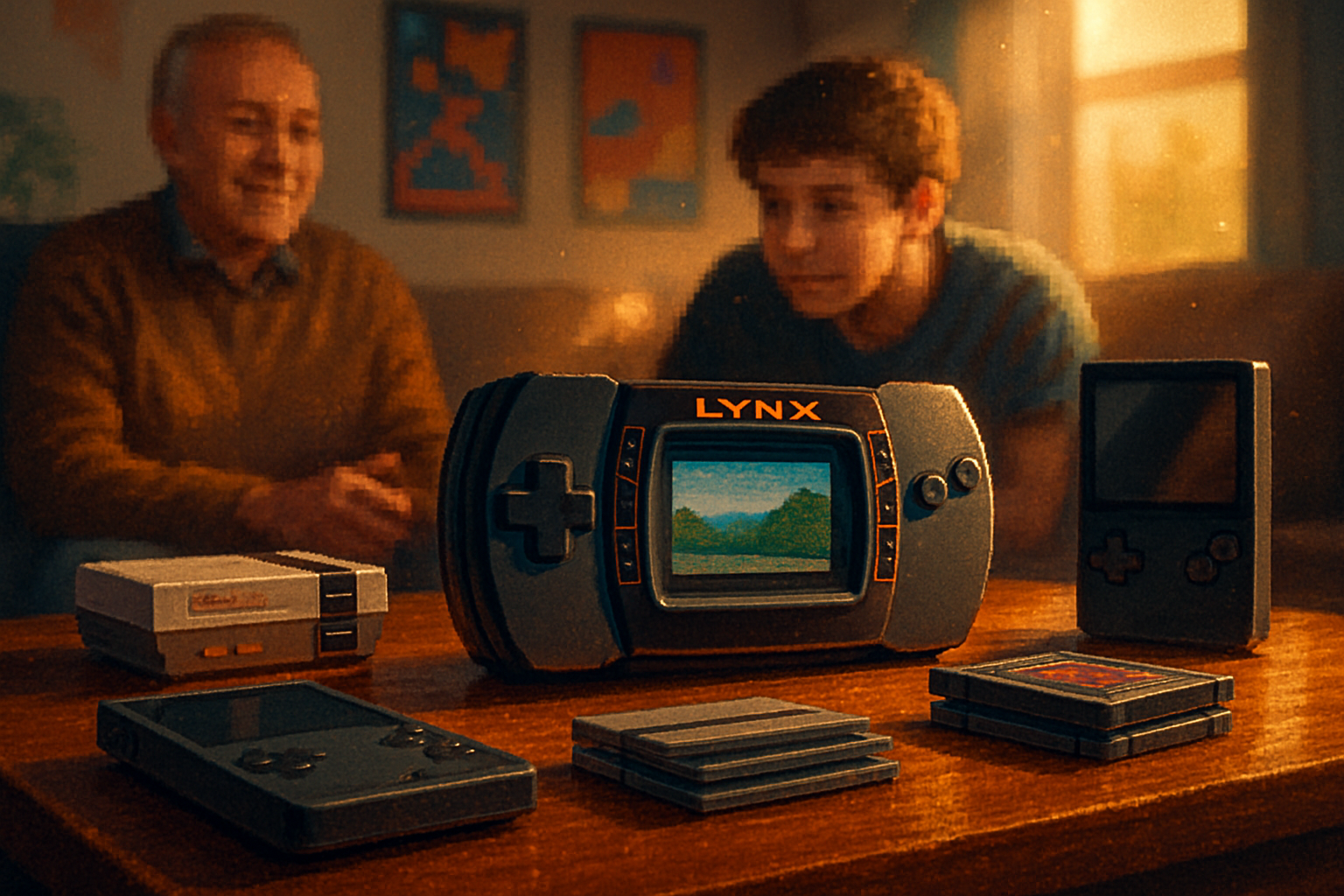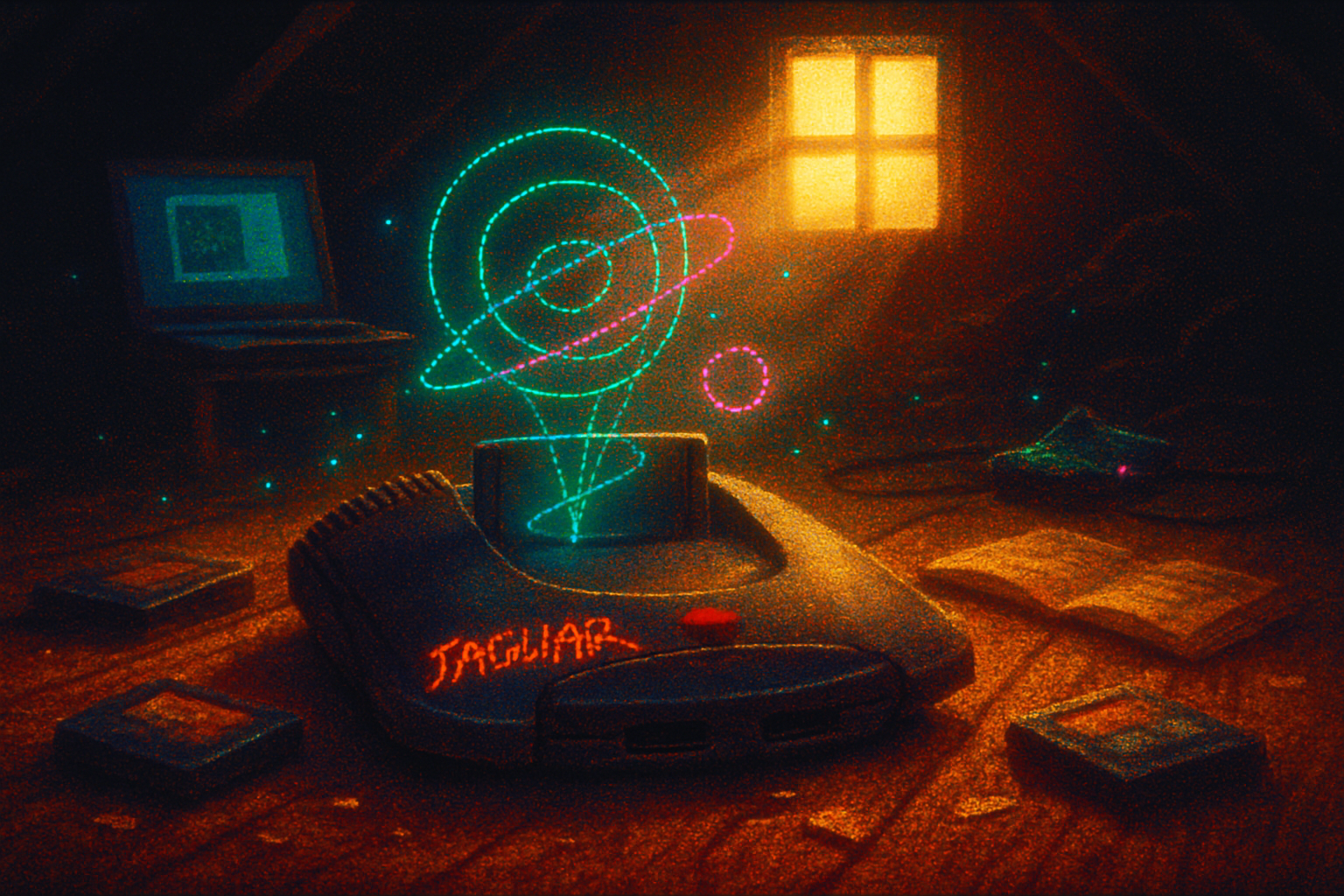· 7 min read
The Future of Retro Handhelds: Can the Game Boy Inspire a New Wave of Gaming?
Explore how the Game Boy's design philosophy-simplicity, durability, and developer accessibility-is echoing through today's handheld renaissance. From FPGA-powered recreations to novel indie devices, learn how the Game Boy spirit could shape the next generation of portable play.

Introduction
More than three decades after its debut, the Game Boy’s influence still shapes how we think about portable play. Its combination of long battery life, a focused hardware feature set, affordable pricing, and an irresistible library created a template for success. Today’s handheld scene is buzzing - from high-fidelity FPGA recreations and indie-first devices to powerful handheld PCs - and many of these projects are explicit heirs to that Game Boy spirit.
This article examines current trends in handheld gaming, unpacks what made the Game Boy special, and proposes how its core philosophies can inspire a new generation of devices and experiences.
Why the Game Boy Still Matters
- Portability and focus. The Game Boy prioritized play anywhere - compact form factor, comfortable controls, and a monochrome screen that worked under bright sunlight. That focus on
- Affordability and accessibility. A lower price point opened the platform to more players and developers, widening the market and encouraging risk-taking among creators.
- Durability and battery life. Simple hardware, robust design, and efficient power usage meant longer playtime - a crucial aspect of mobile gaming.
- A thriving ecosystem. Nintendo’s partnerships with third parties and a strong first‑party lineup created a virtuous circle of software demand and hardware sales.
These traits are less about specific specs and more about a design philosophy: constraints that encourage creative game design, distribution that meets players where they are, and hardware durability that respects the unpredictability of portable use.
Current Trends in Handhelds (and Why They Matter)
- FPGA and Hardware-Accurate Retro Devices
Devices like the Analogue Pocket show a hunger for hardware-accurate retro experiences. Analogue uses FPGA (field‑programmable gate arrays) to replicate classic console hardware at the silicon level rather than via software emulation, giving purists pixel-perfect timing and compatibility with original cartridges [https://www.theverge.com/2021/5/20/22445002/analogue-pocket-handheld-gaming-hardware-design].
Why it matters: FPGA devices cater to collectors and nostalgic players who want authenticity. They also show there’s a market willing to pay for premium, well-engineered nostalgia.
- Novel Indie-First Hardware
Panic’s Playdate proved there’s room for small, experimental handhelds that prioritize playful constraints and unique controls (hello, crank) [https://www.wired.com/story/playdate-tiny-handheld-console/]. These devices are less about raw power and more about forcing different design decisions from developers.
Why it matters: Constraints breed creativity. A handheld that says “one-button input” or “monochrome screen” pushes developers to craft distinctive interactions and mechanics.
- Powerful Handheld PCs
The Steam Deck and a crop of Windows-based handheld PCs (Aya Neo, GPD Win, etc.) bring massive processing power and PC game libraries into a portable form factor [https://www.steamdeck.com/]. They compete on sheer capability rather than minimalism.
Why it matters: These expand what a handheld can be, but they also highlight a tension: raw power vs. targeted, optimized experiences. Battery life, heat, and cost are harder problems as capability rises.
- Cartridge and Physical-First Retro Platforms
Retro-curation platforms like Evercade focus on licensed cartridge collections and physical packaging, appealing to collectors and parents who prefer tangible media [https://evercade.co.uk/].
Why it matters: Physical media fosters discoverability and tangibility, and opens a distribution model for indie labels and boutique publishers.
- Community, Homebrew, and Modding
A vibrant homebrew scene (GBDev and similar communities) keeps Game Boy-style development alive and accessible [https://gb-dev.io/]. Raspberry Pi and RetroPie ecosystems further democratize handheld prototyping [https://retropie.org.uk/].
Why it matters: Accessible tools and communities are the lifeblood of innovation. When people can tinker easily, new genres and business models emerge.
How the Game Boy Spirit Can Inspire the Next Wave
- Embrace Constraints to Spark Creativity
The Game Boy’s hardware limits encouraged inventive game design (look at how developers used a tiny palette and simple audio to great effect). Modern handhelds can harness constraints intentionally: limited input, restricted resolution, or enforced runtime modes can prompt fresh design thinking.
Example: A device that limits play sessions for battery conservation or offers a timed challenge mode could foster a wave of bite-sized, highly polished titles.
- Prioritize Playability and Battery Life
Smartphones won on ubiquity but often lose on ergonomics and battery when used for long gaming sessions. A new generation of handhelds that puts battery life, comfortable controls, and quick boot-to-play cycles first would recapture the Game Boy’s playing-anywhere advantage.
- Make Development Accessible
The Game Boy’s relatively simple architecture and the availability of dev kits helped smaller teams break in. New platforms should ship with approachable SDKs, clear documentation, emulators, and community hubs to encourage hobbyists and indie studios.
- Offer Tiered Hardware - From Affordable to Premium
Not every customer wants or needs cutting-edge SoCs. A tiered ecosystem - a low-cost, play-focused device; a mid-range with unique inputs; and a premium FPGA-based platform for collectors - would reflect varied market demands without sacrificing identity.
- Bring Back Physical Distribution (Smartly)
Cartridges and physical bundles are more than nostalgia; they’re a distribution choice that can increase discoverability, permanency, and collector value. Integrating physical releases with digital storefront support (e.g., cartridges unlocking DRM-free downloads) could be an attractive hybrid.
- Innovate on Input, Not Just Power
Unique inputs (like Playdate’s crank) show that novelty doesn’t require power increases. Consider e-ink displays, low-power color displays, haptics, gyros, or even adaptive controls that change based on the game.
- Encourage Openness and Modularity
Open hardware specs, moddable bodies, and cartridge or module-based expansion keep devices alive in the long term. Openness also fosters community repair, longevity, and a DIY market.
Challenges and Headwinds
- Smartphone competition - Phones are ubiquitous and improving as gaming platforms. Any new handheld needs a clear value proposition beyond nostalgia or raw power.
- Licensing and IP - Authentic retro experiences often require licensing expensive IP, complicating product plans for startups.
- Cost and supply chains - Niche hardware can be expensive to produce at scale, and recent supply chain issues highlight the risk.
- Piracy and legality - Emulation-friendly devices must balance user freedom with IP rights.
Case Studies: What Existing Devices Teach Us
- Analogue Pocket - Premium, hardware-accurate, cartridge-compatible - shows demand for authenticity and build quality [
- Playdate - Minimal specs, a unique input, and a curated release cadence for games - proof that intentional constraints can be a strong product differentiator [
- Steam Deck - Demonstrates appetite for portable access to massive libraries, but also reveals trade-offs in battery, heat, and ergonomics [
- Evercade - Reinforces that physical collections still hold market value and can be a sustainable model for curated retro experiences [
Concrete Ideas for Entrepreneurs and Developers
- Build a low-cost dev kit with robust documentation and a community platform for sharing demos and modules.
- Offer a physical+digital store model - small-run cartridges or cards that unlock DRM-free downloads and collector packaging.
- Leverage FPGA selectively - make premium retro compatibility an optional upgrade rather than baseline.
- Publish an “Indie Constraints” game jam encouraging developers to ship games for low-power, limited-input devices to seed a storefront.
- Explore hybrid displays (e-ink + low-power color overlay) for long battery life and unique aesthetics.
Conclusion
The Game Boy’s legacy isn’t just nostalgia for green-tinted pixels - it’s a compact philosophy: prioritize play, embrace constraints that sharpen creativity, and make hardware that’s affordable and durable. Today’s handheld renaissance offers many paths forward: some devices chase fidelity, others chase novelty, and some try to straddle both worlds.
If designers and makers take the Game Boy spirit seriously - prioritizing ergonomics, accessibility, clever constraints, and community - we could see a diverse new wave of handhelds. These devices would blend the best of retro simplicity and modern connectivity, creating fresh experiences that stand apart from smartphone gaming and the juggernaut of powerful handheld PCs.
References
- Analogue Pocket coverage - The Verge: https://www.theverge.com/2021/5/20/22445002/analogue-pocket-handheld-gaming-hardware-design
- Playdate deep dive - Wired: https://www.wired.com/story/playdate-tiny-handheld-console/
- Steam Deck official site: https://www.steamdeck.com/
- Evercade official site: https://evercade.co.uk/
- GB Dev community (homebrew resources): https://gb-dev.io/
- RetroPie (Raspberry Pi emulation platform): https://retropie.org.uk/


